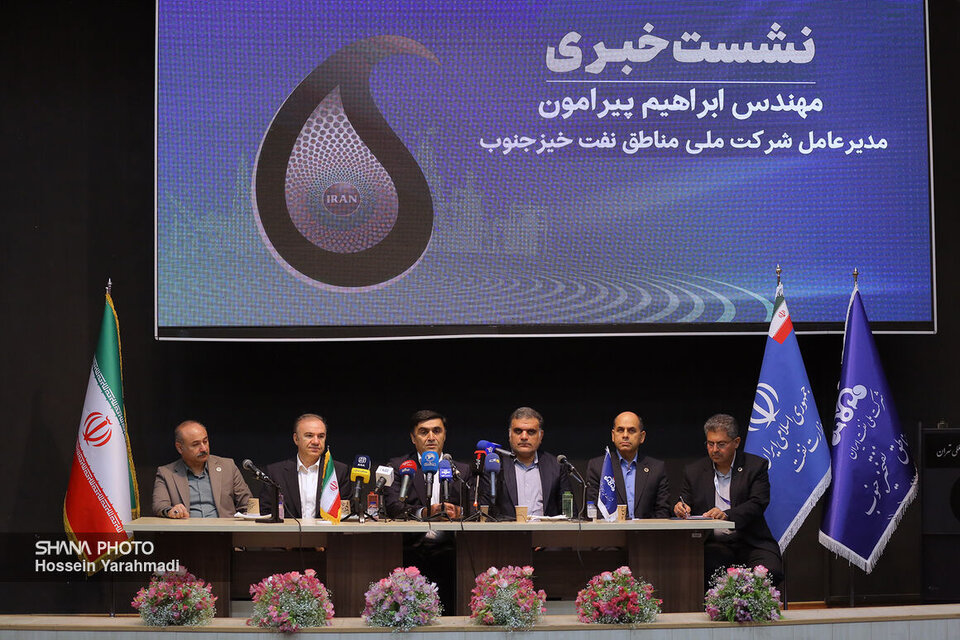Ebrahim Piramoun stated that development projects and emissions reduction efforts are ongoing to maintain production capacity and protect national assets.
Speaking to reporters on the sidelines of the third day of the International Oil, Gas, Refining, and Petrochemical Exhibition, Piramoun noted that NISOC, as a key pillar of Iran’s oil industry, plays a central role in energy supply and sustaining production.
“The company oversees five operational subsidiaries across five provinces, managing extraction and production in major strategic oilfields, including some of the world’s most significant reserves,” the official stated.
On NISOC’s performance under the current administration, he said: “Through full coordination with the National Iranian Oil Company (NIOC) and the Ministry of Petroleum, NISOC has significantly boosted the country’s oil output. These efforts have made the southern oil-rich regions instrumental in meeting energy demands and reducing gas shortages.”
Exceeding gas delivery commitments
Piramoun noted that last year, over 30% of the company’s produced gas was delivered to the national grid, surpassing its obligations. This not only supported energy supply but also reduced gas flaring and environmental pollution. He added that this trend continues in the current year, with the goal of eliminating gas flaring entirely through private sector partnerships and development projects.
He also highlighted plans to increase and sustain production, stating that despite years of extraction, vast untapped underground potential remains. “With necessary investments and new field development, these capacities can be activated,” he said.
Iran’s oil industry resilience despite sanctions
Despite US sanctions restricting access to equipment, Piramoun stressed that Iran has relied on domestic capabilities to meet much of its industrial needs. “Iran’s oil industry has seen real growth in recent years, with most required equipment and supplies sourced from domestic firms and knowledge-based technologies,” he said.
NISOC accounts for 75% of Iran’s oil production, and Piramoun noted that specialized exhibitions have opened new avenues for technological advancements in the sector.
Reducing emissions, gas flaring
On environmental efforts, he said operational measures are underway to minimize gas flaring, with hopes of a major reduction by 1405 and full elimination in subsequent years.
Maintaining oil quality through desalination
Addressing natural reservoir decline, Piramoun said operational and field development measures have sustained production, with increased output remaining a priority. “These efforts not only offset natural declines but also enhance production capacity and improve crude quality.”
He underscored the importance of desalination units in maintaining oil standards, noting that dynamic production conditions require precise management. “A significant portion of extracted oil now contains saline water, making optimized desalination crucial for quality control.”
Piramoun added that desalination units must have sufficient capacity and efficient operational processes to adapt to fluctuating production dynamics. “Export-grade oil meets set standards, and refineries effectively manage these variations to ensure optimal refining quality.”


Your Comment